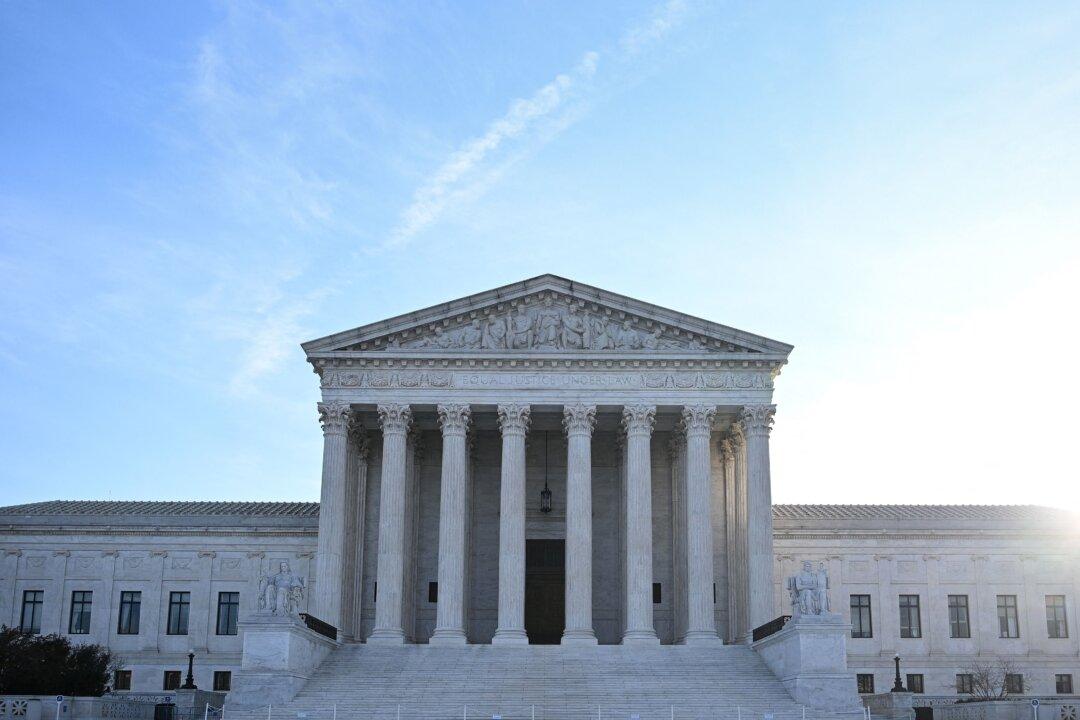Commentary
Lorie Smith owns a Colorado web design company called 303 Creative. It isn’t merely her livelihood. She believes web design is how God wants her to live her life.

Lorie Smith owns a Colorado web design company called 303 Creative. It isn’t merely her livelihood. She believes web design is how God wants her to live her life.